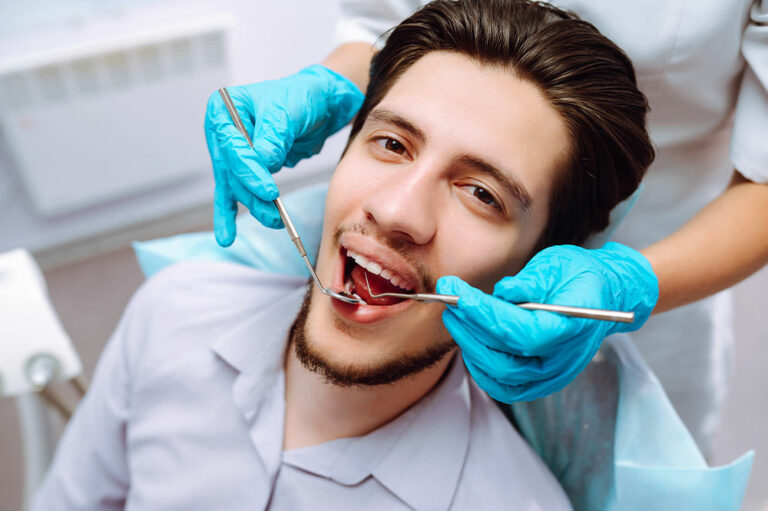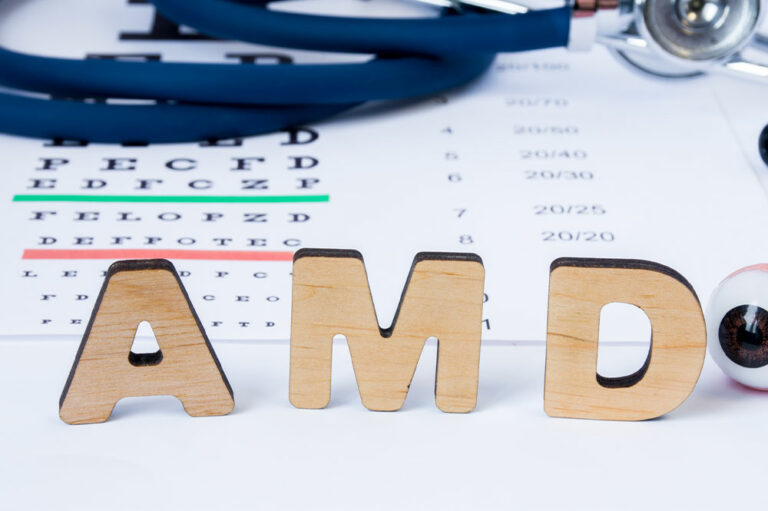
01
6 foods to eliminate to manage EoE and acid reflux
EoE, or Eosinophilic Esophagitis, is an allergic condition that develops in the esophagus. In this condition, the esophagus becomes inflamed and cannot contract properly. This inflammation can create issues with proper contracting of the food pipe and also develop rings or abscesses. A food allergy or acid reflux can trigger this condition. Here are some tips on foods to manage EoE, and these foods can also help manage acid reflux. Elimination meal plan Anyone diagnosed with EoE is usually advised to get on an elimination meal plan, which helps identify which foods may trigger the condition. In this approach, all the foods most likely to cause a reaction are eliminated from the meals entirely at first, and the same foods are gradually retained in the meal plan to observe if they cause any visible symptoms. This is an effective approach to help identify the foods and manage the symptoms of this. Many of these foods are also responsible for acid reflux in individuals, so this elimination can also help manage that symptom. The process The doctor will suggest eliminating high-allergen foods from meals for around six weeks. After the six-week break period, the health professional will take a sample of the tissue in the esophagus.
Read More 









